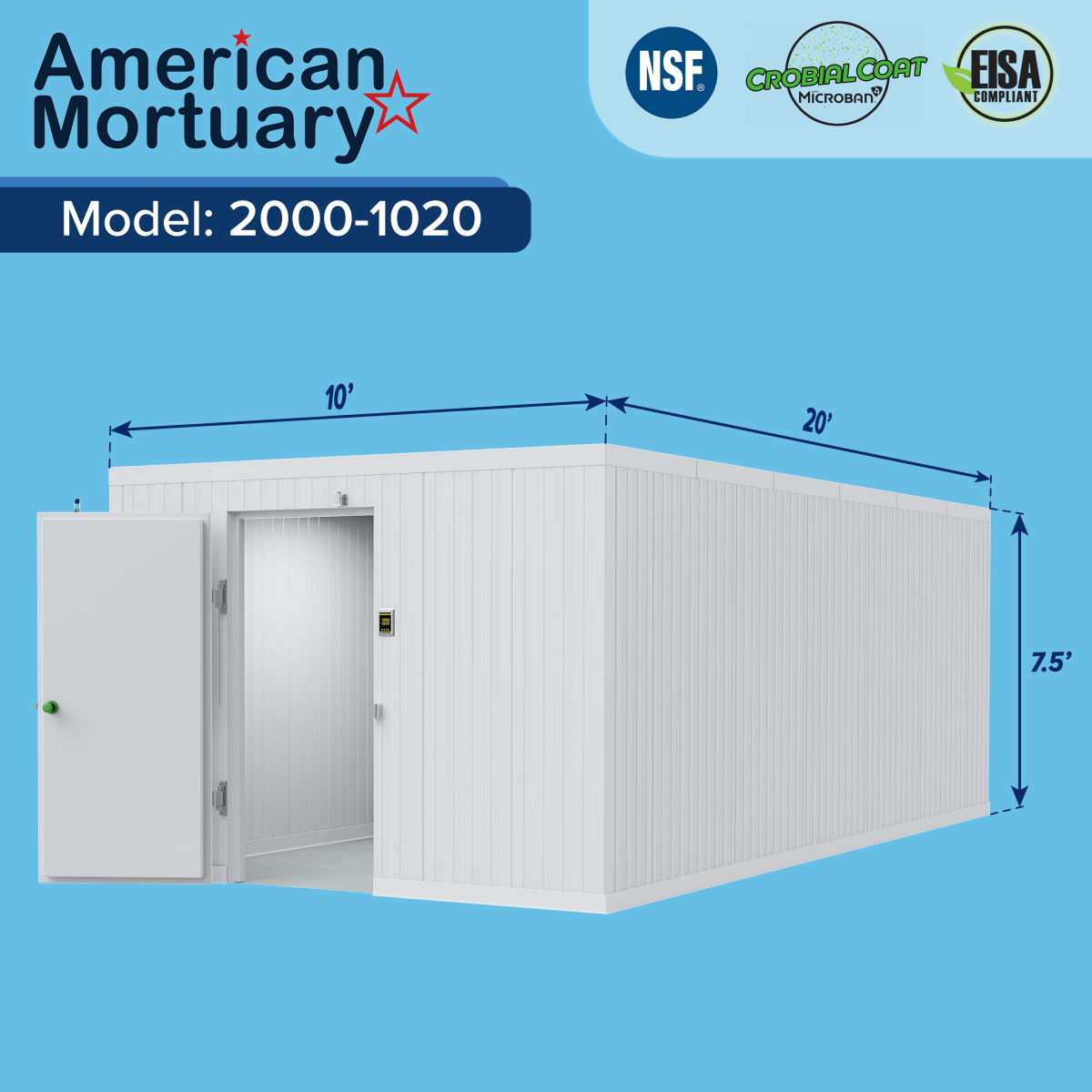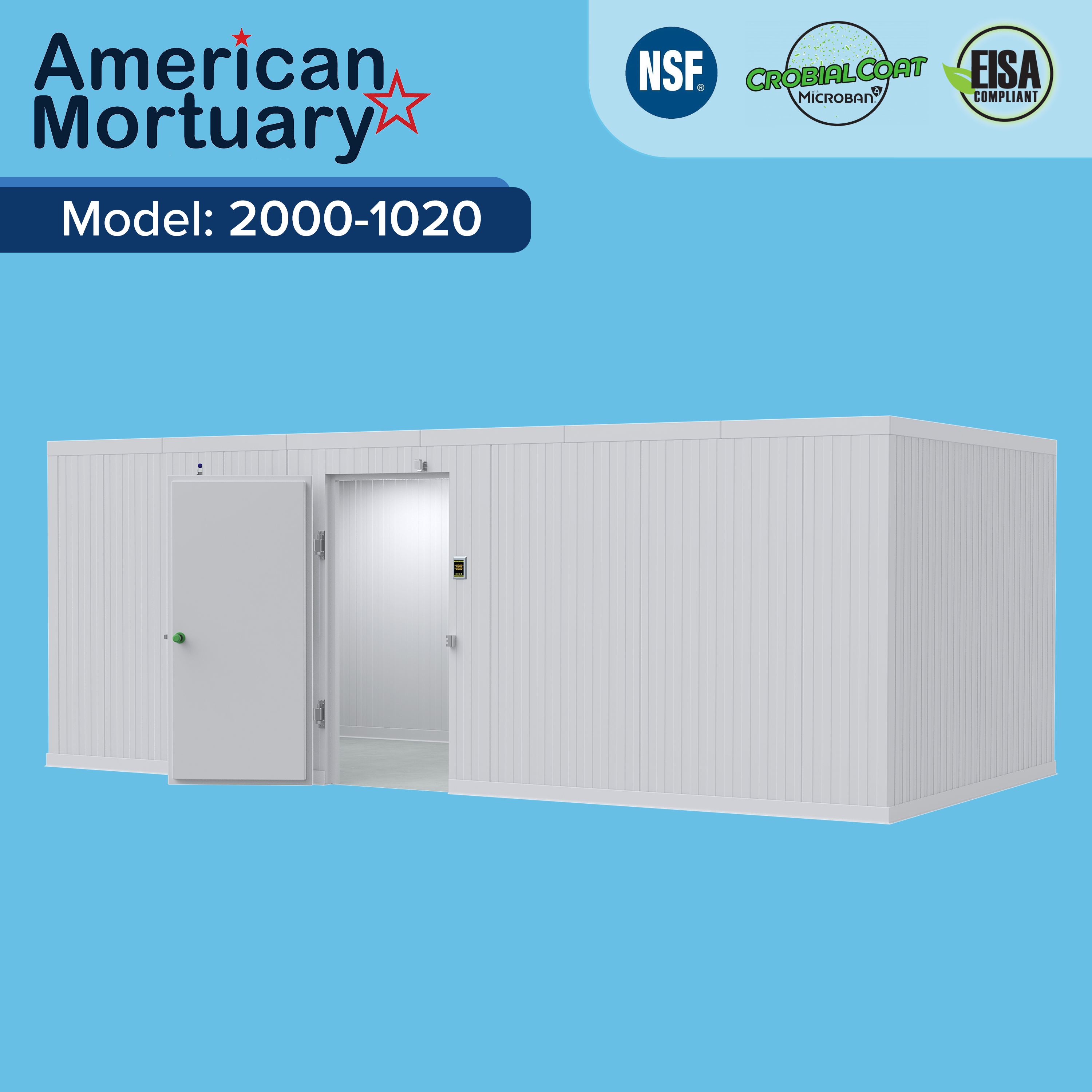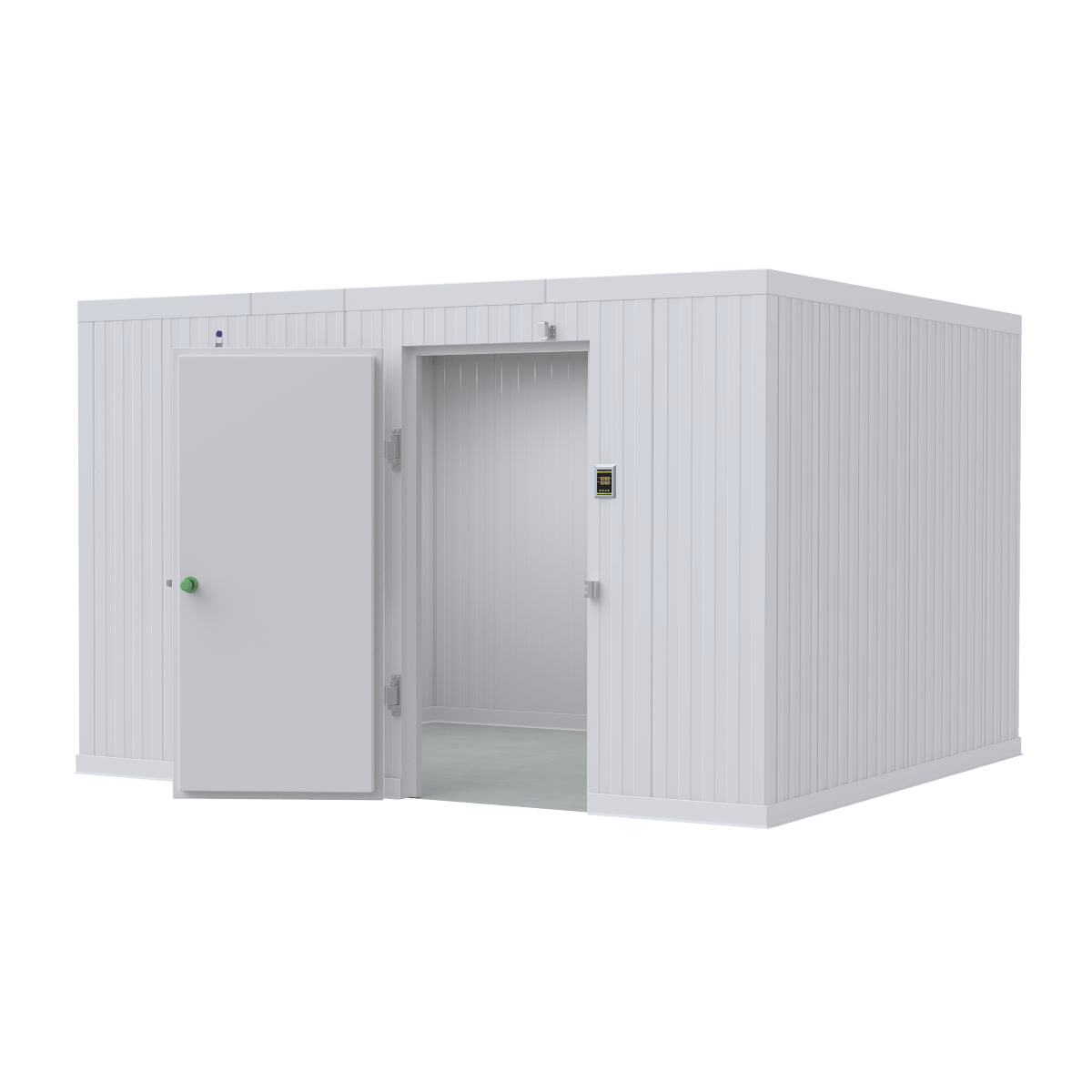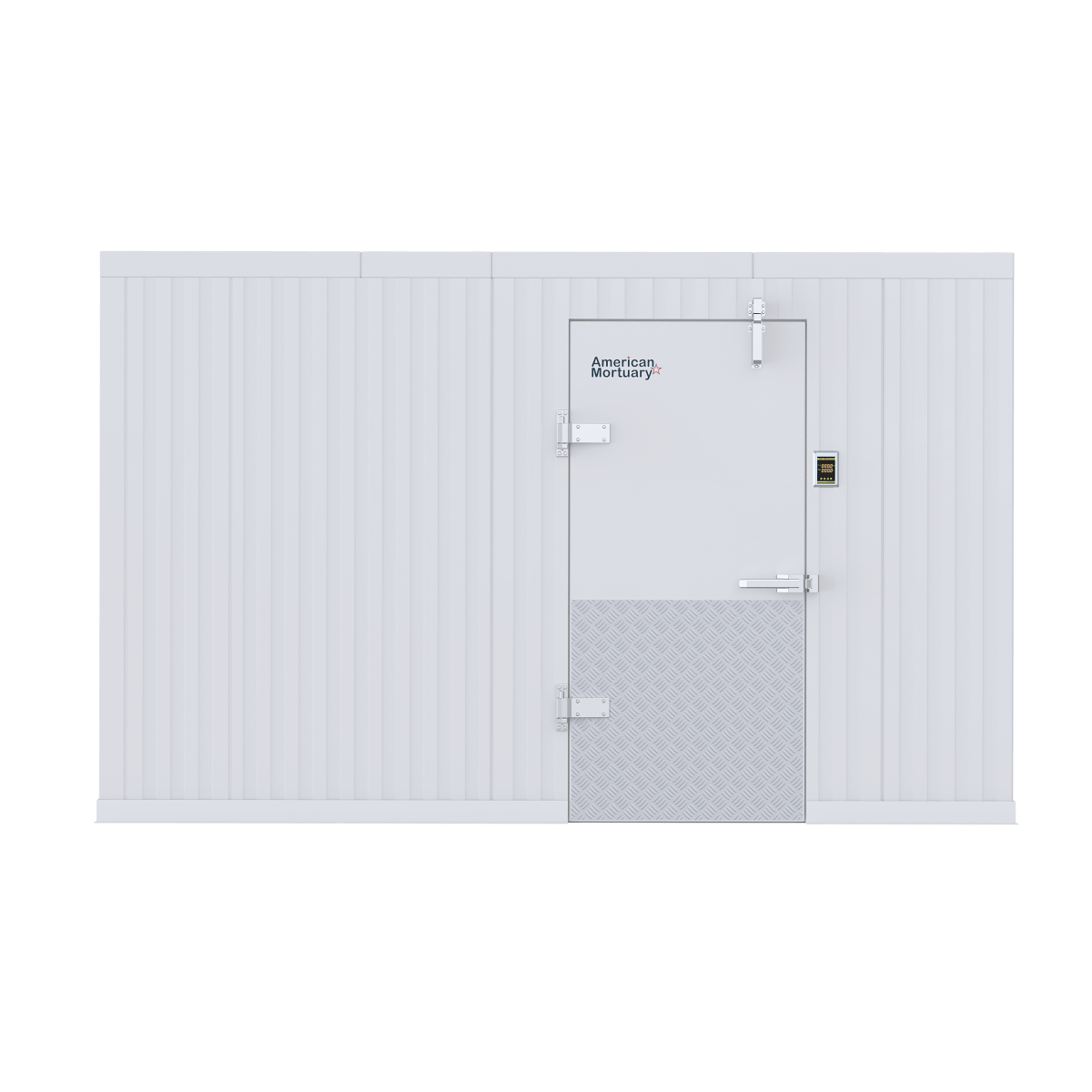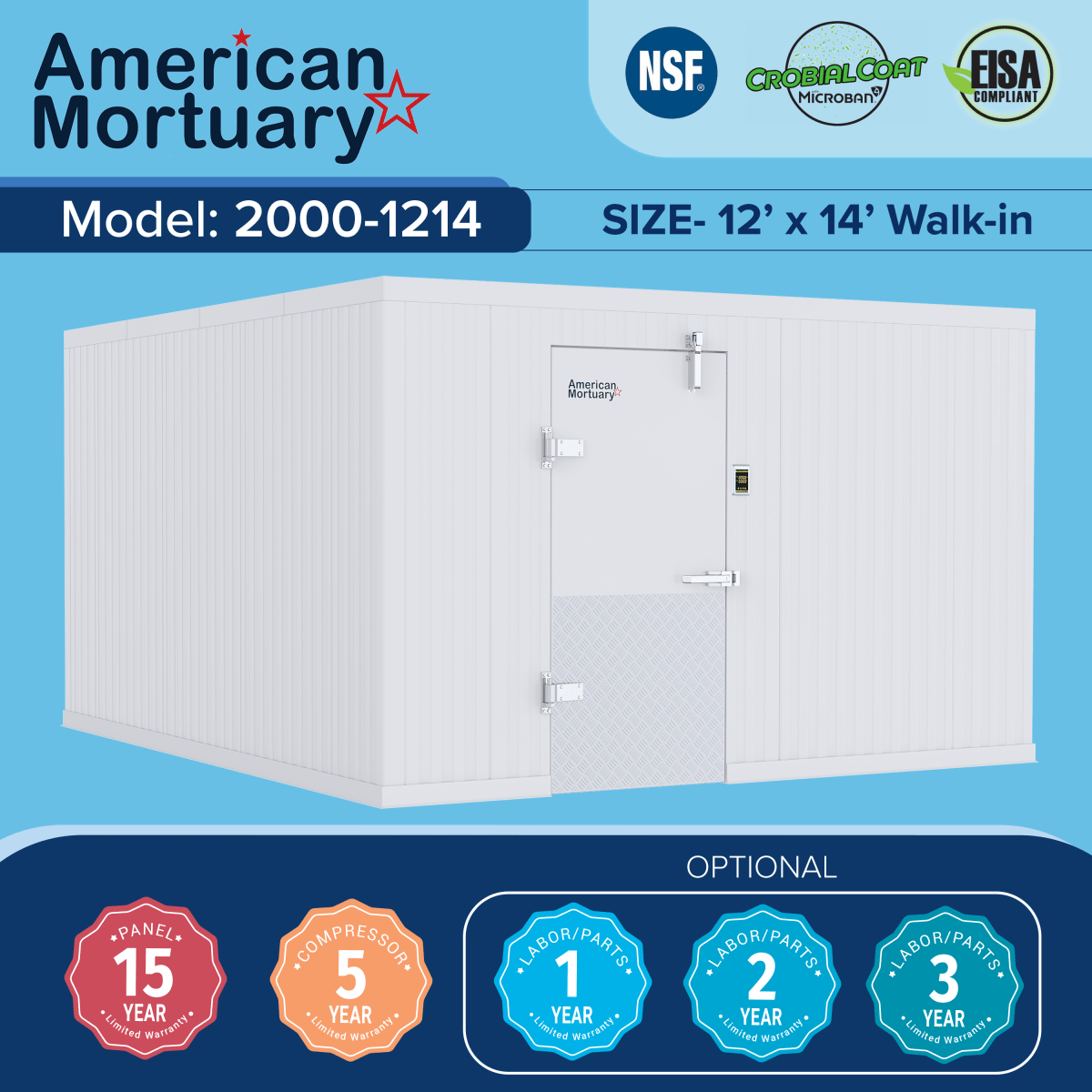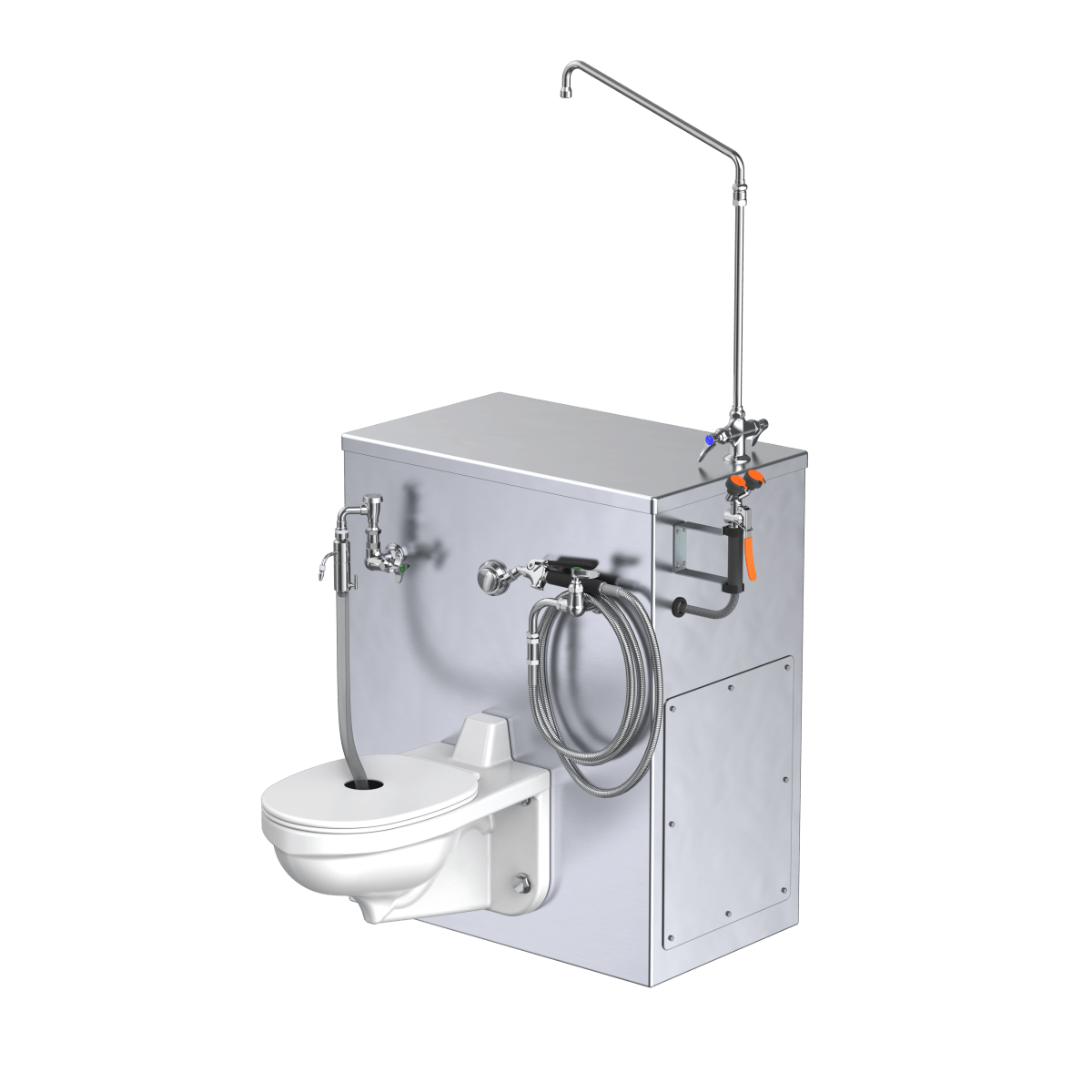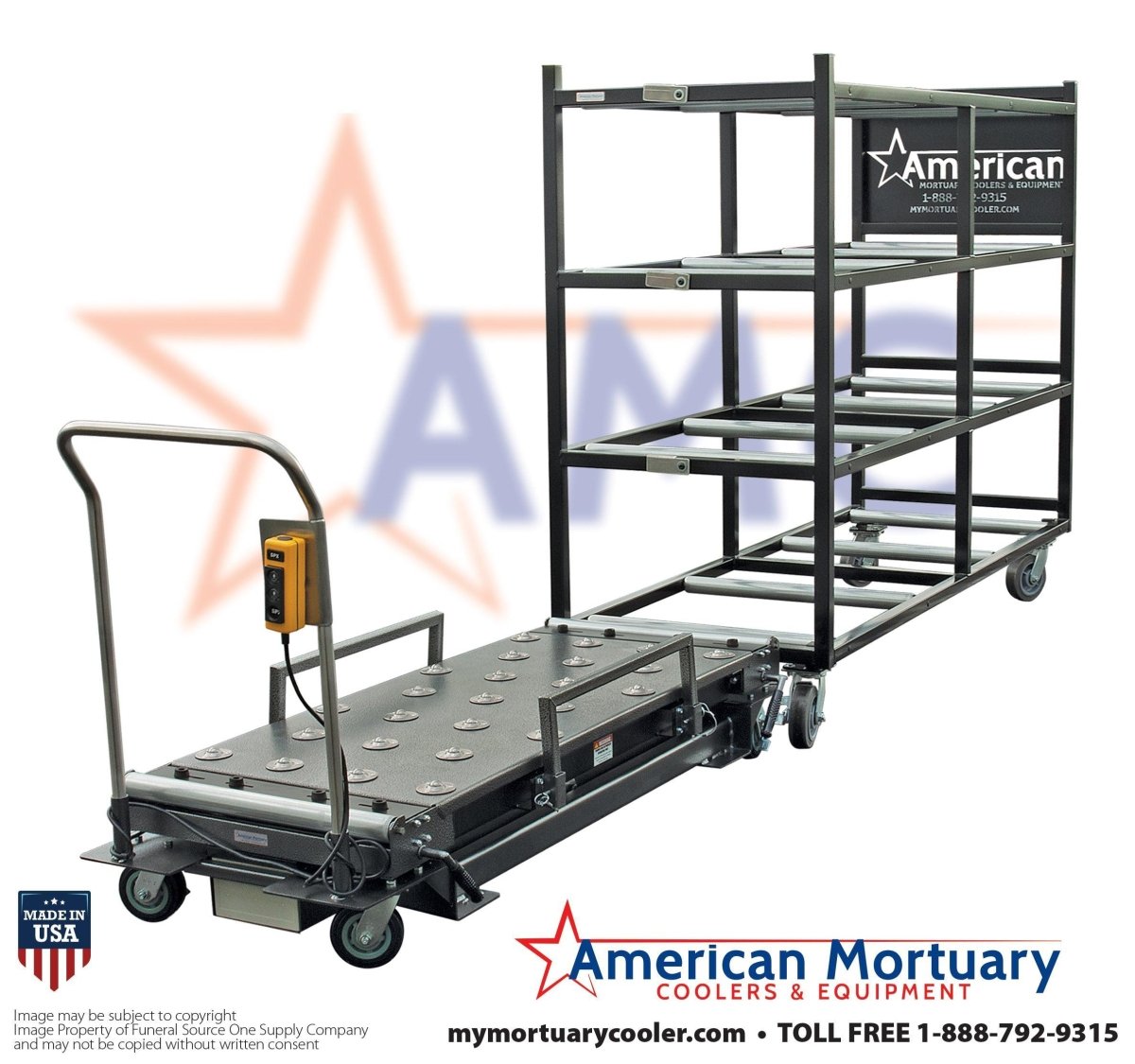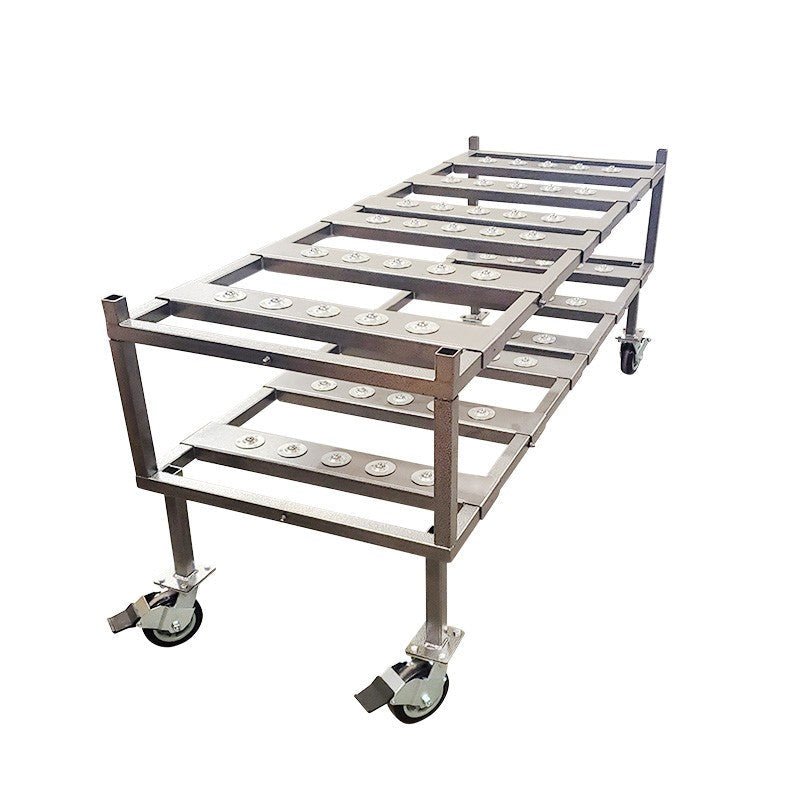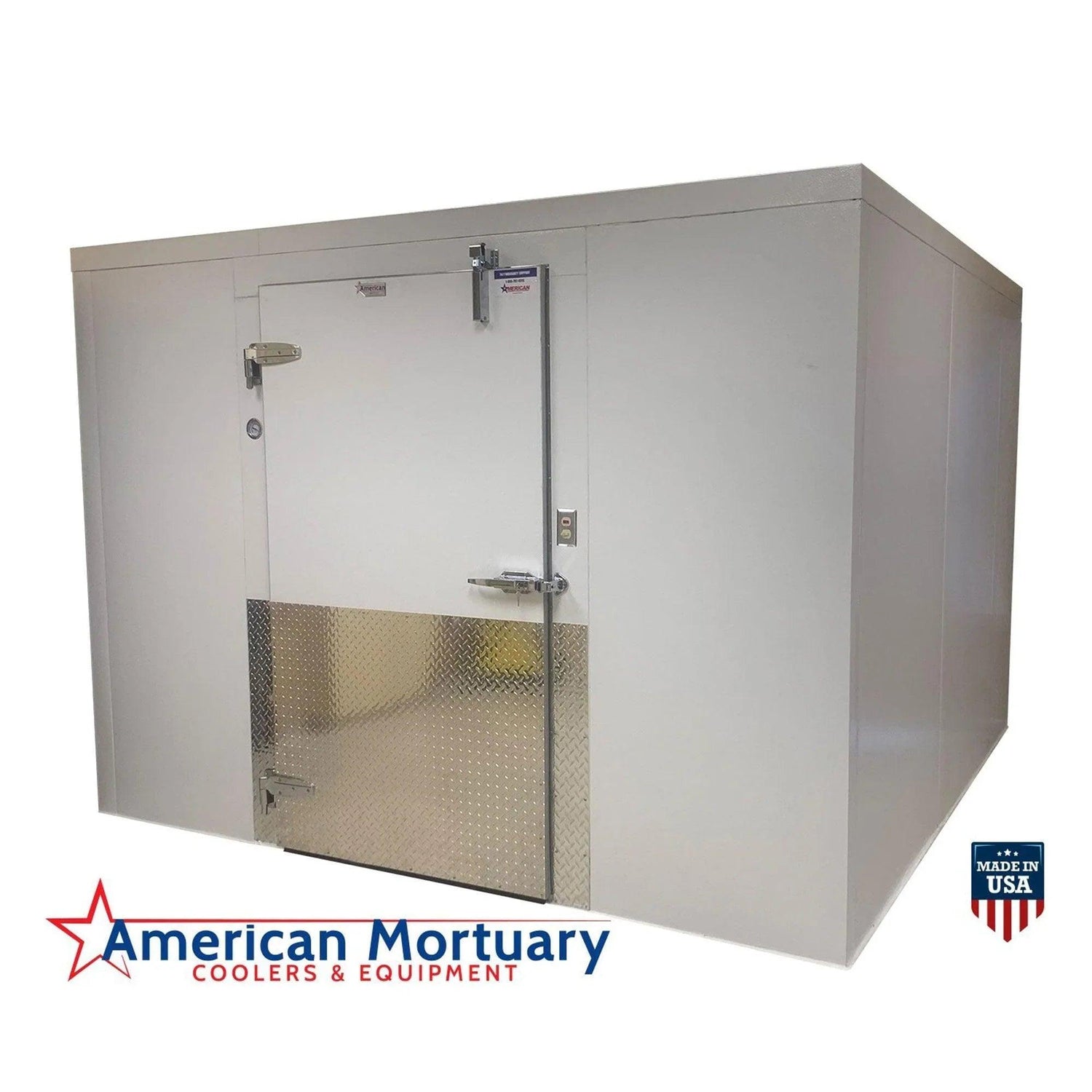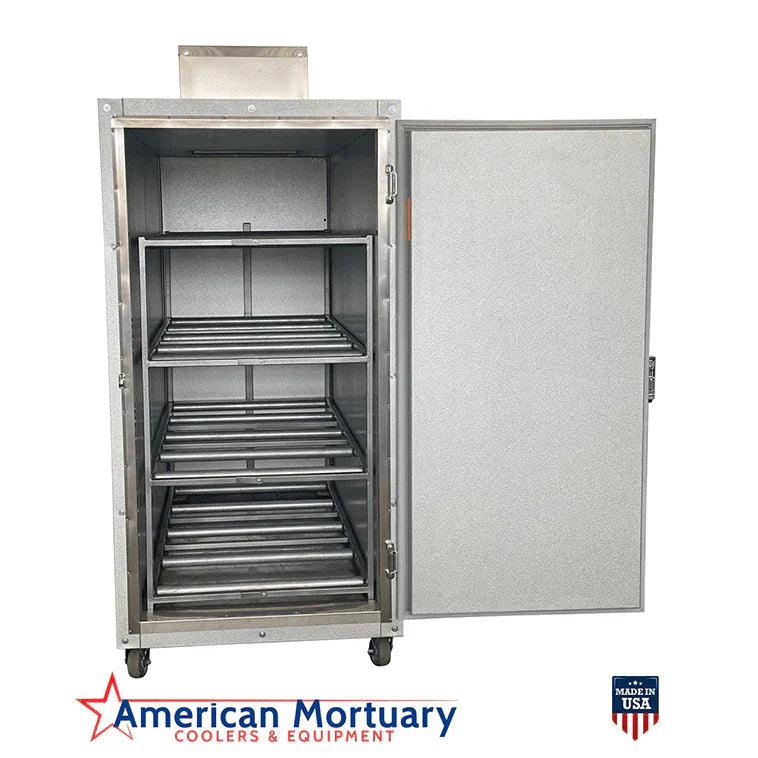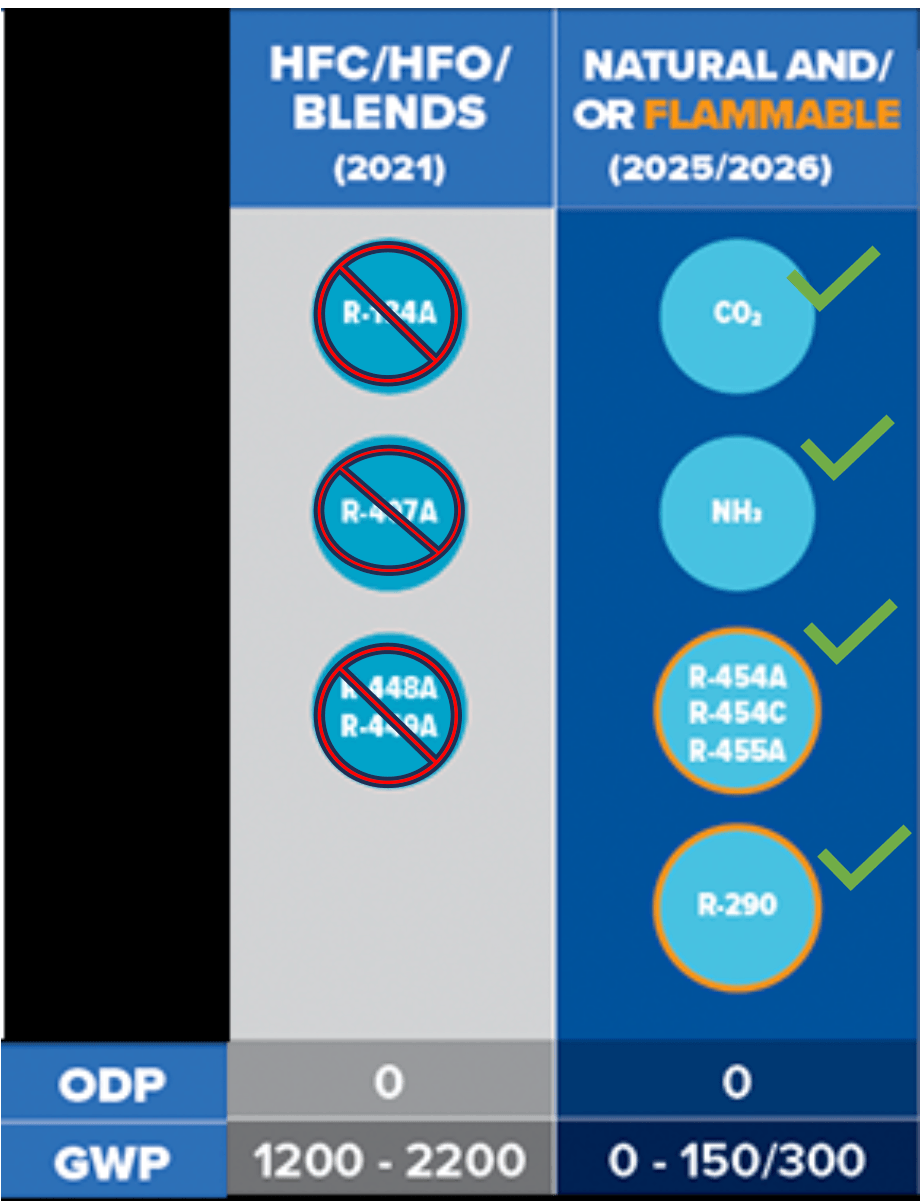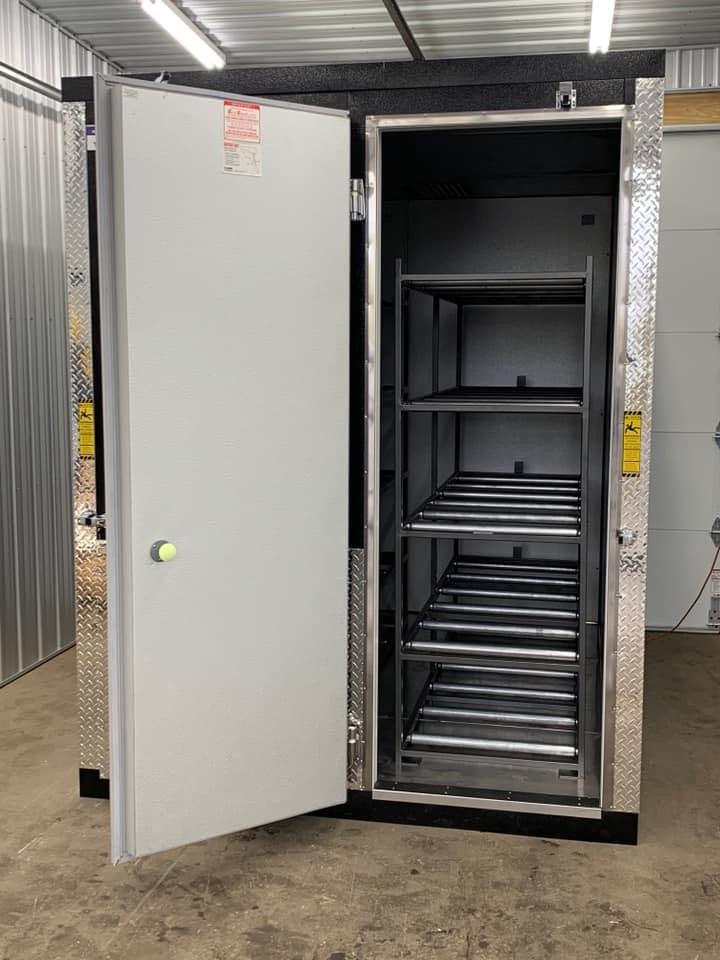Mortuary & Medical Equipment Blog | Insights & Trends | MedicalStretchers.com
American Mortuary Coolers: Enhance Safety and Durability with Diamond Plate Flooring
Invest in Safety and Durability Upgrade your mortuary cooler with diamond plate flooring from American Mortuary Coolers and experience the benefits of enhanced safety, increased durability, and improved hygiene. Contact us today to learn more about our customization options and create a safer, more efficient working environment for your team.
Read more

